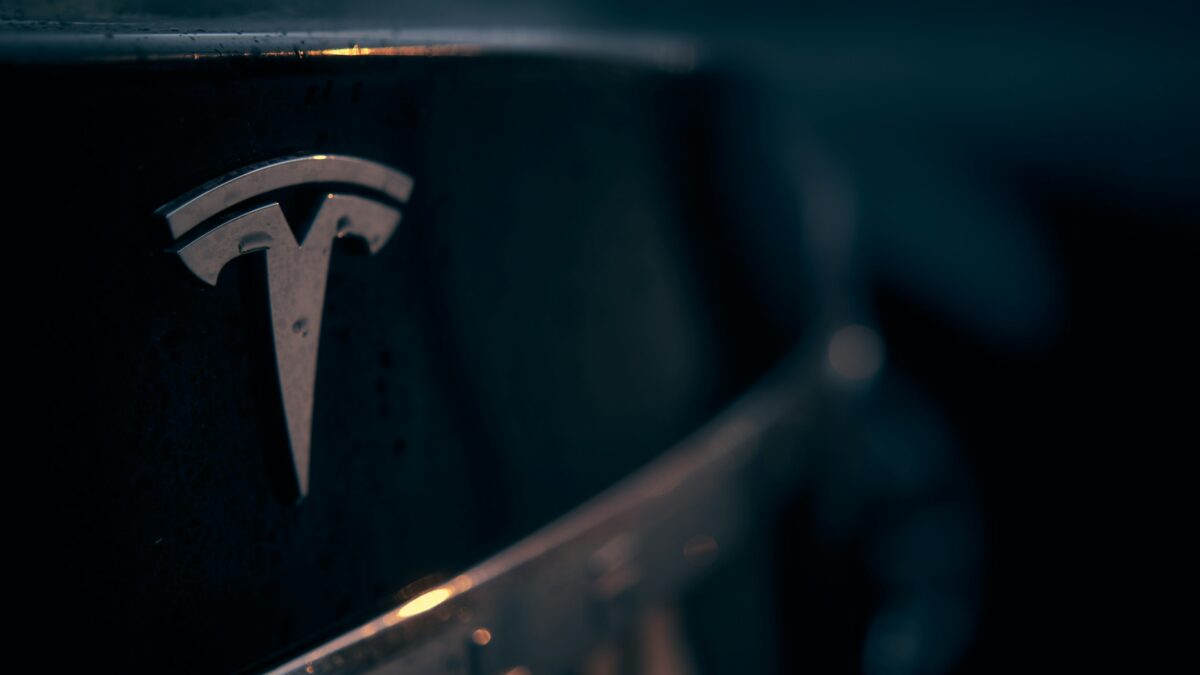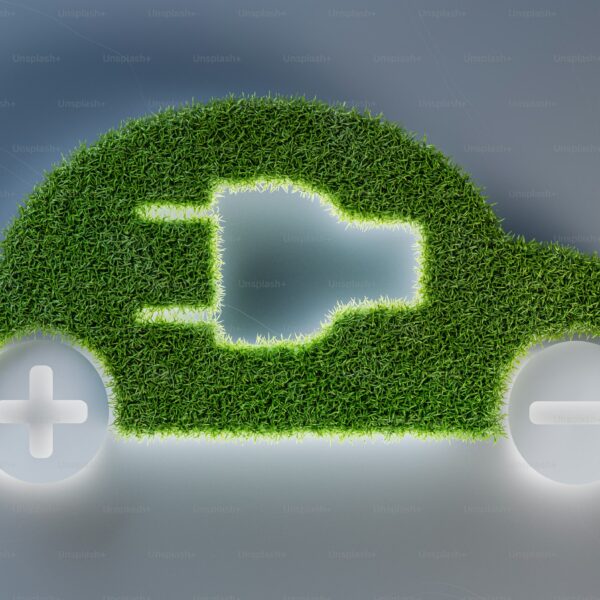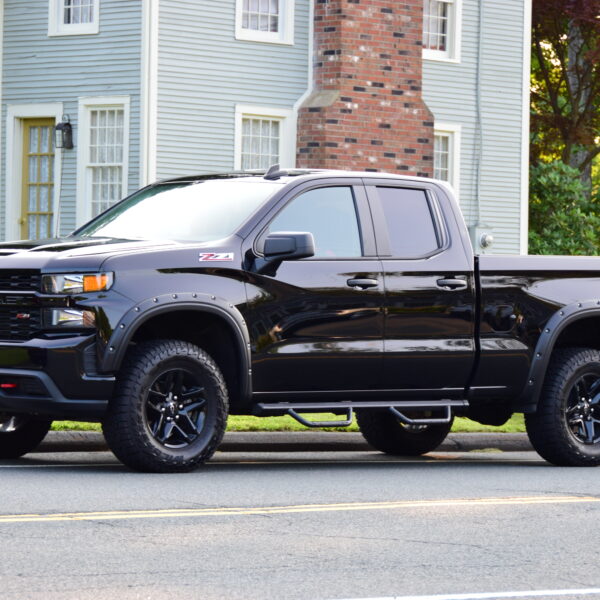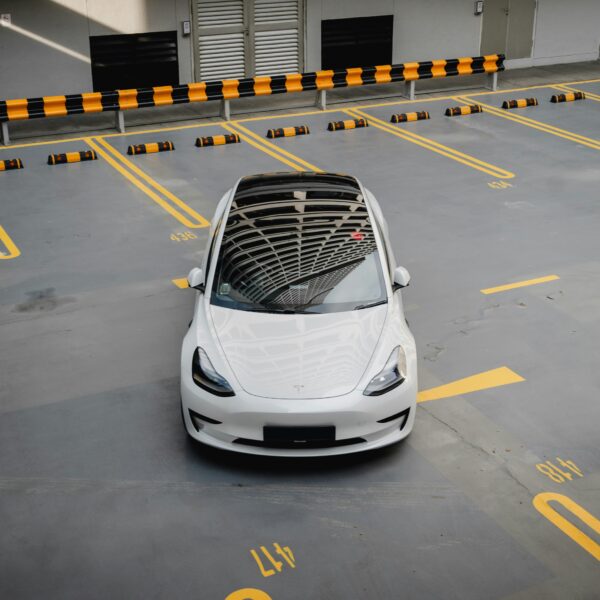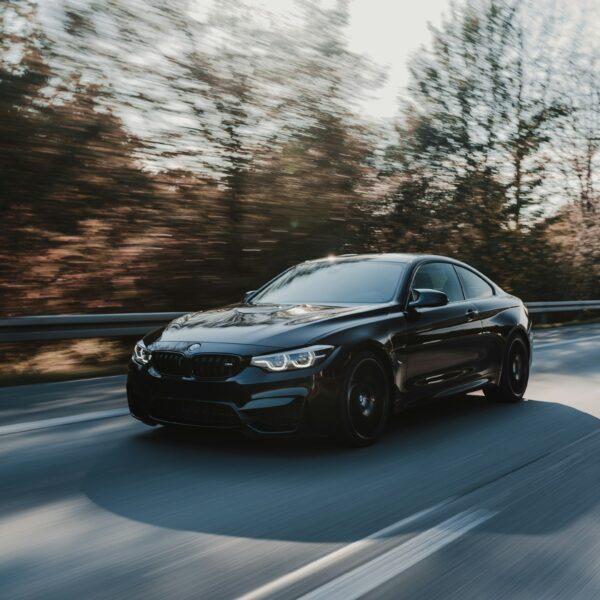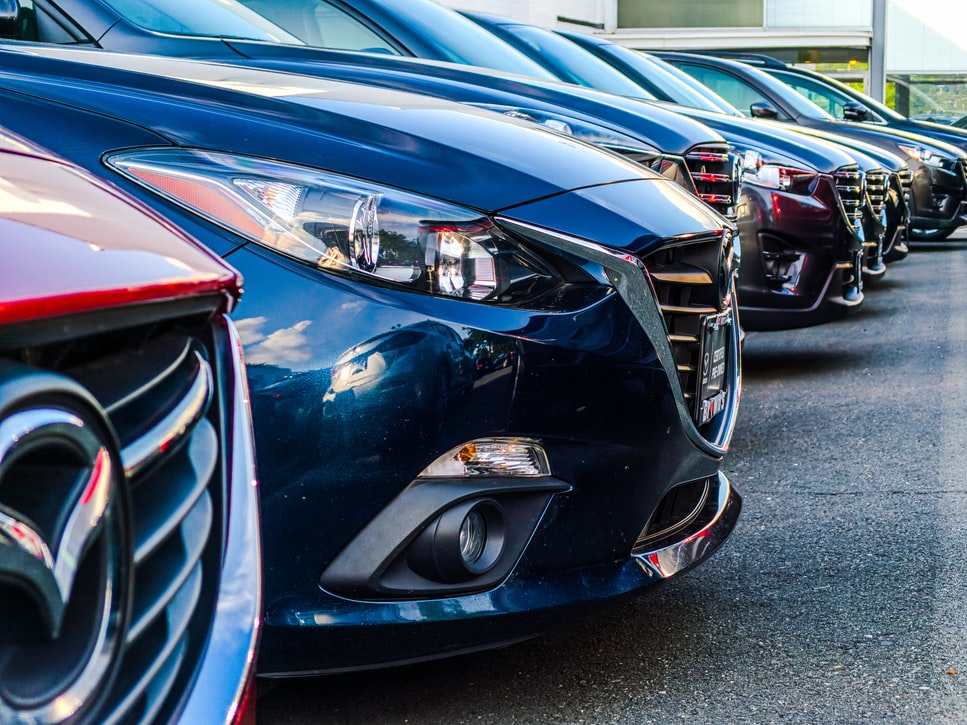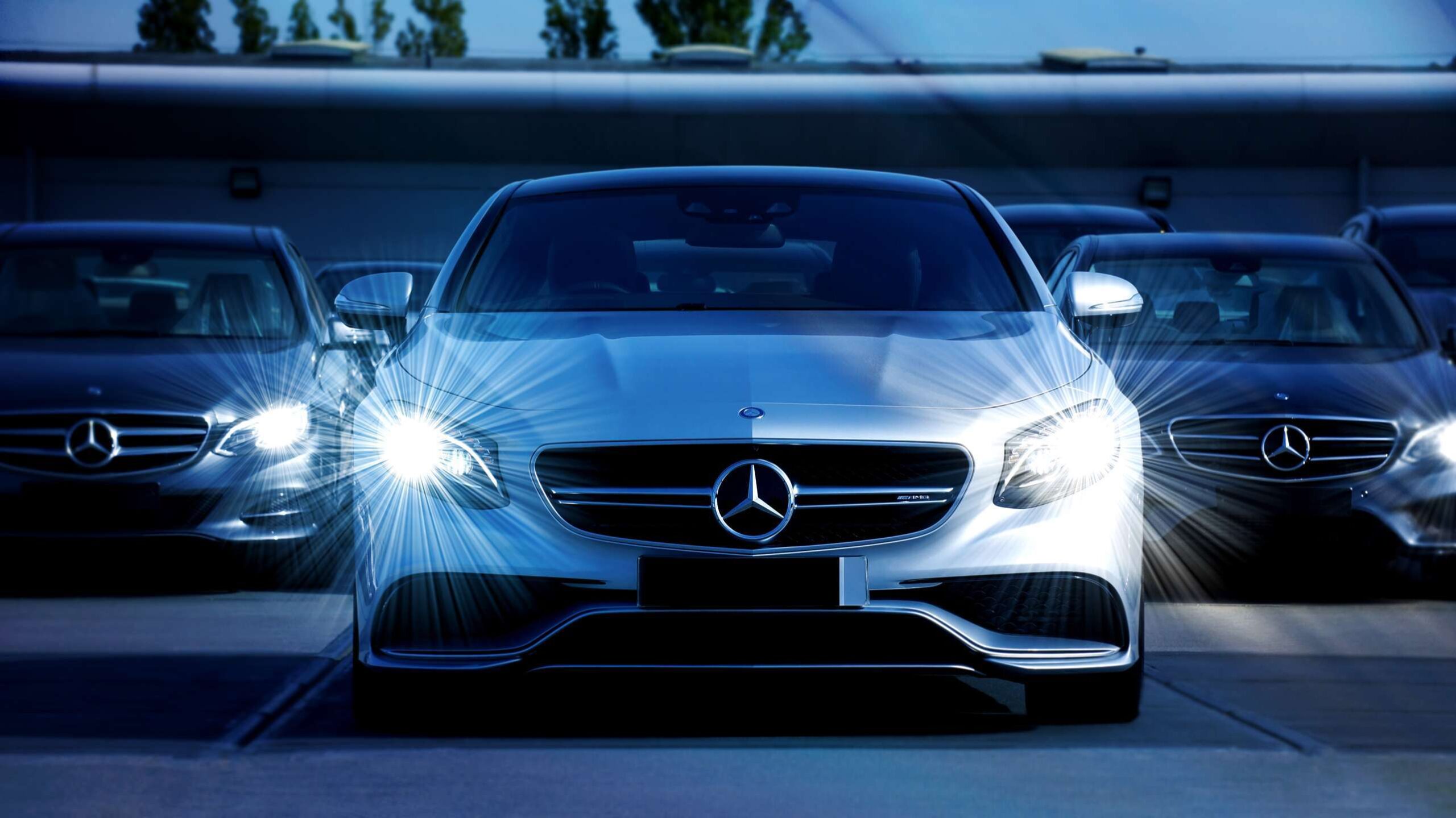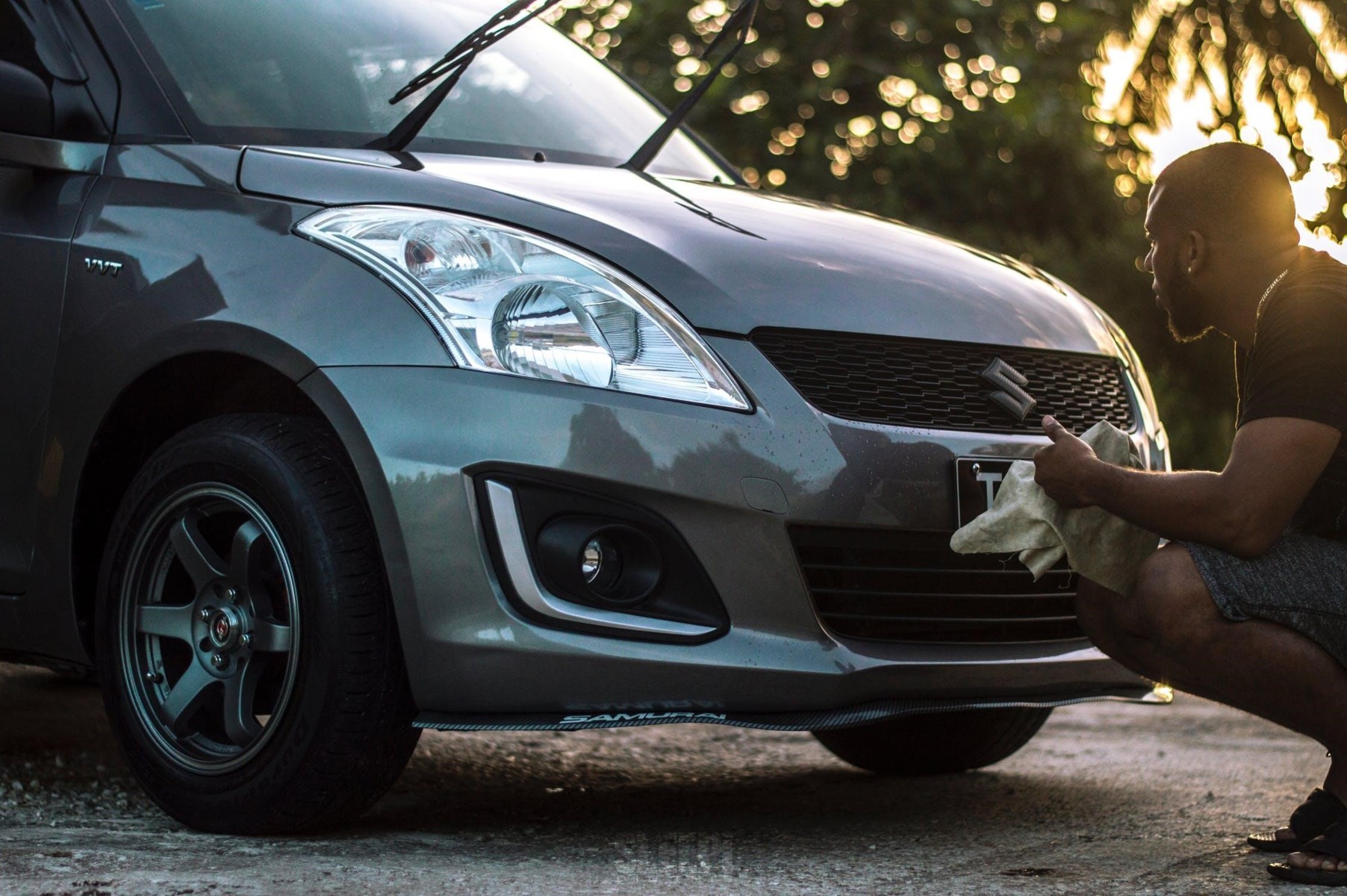The Best Ways to Maximize Driving Range and Fuel Efficiency
While investing in a quality vehicle can cost a lot of money, running the car can be equally expensive. One of the main overheads when using a vehicle is the fuel it uses if you have a combustion engine car or the method you use to charge its battery if you own a hybrid or electric vehicle. With an ongoing global financial crisis, many people are overwhelmed with their household bills and have to cut down on any expendable money they previously had. This article should help anyone looking to maximize their vehicle’s fuel efficiency and driving range.
Fuel Efficiency for Combustion Engine Vehicles
When it comes to getting the best out of your vehicle, there are several things you can implement. The first thing to do is clear out your boot or cargo area. By keeping this area clear of unnecessary weight, the car will not be weighed down, and its performance will be boosted. Also, only using equipment such as roof racks, bike racks, and roof boxes when needed will help with efficiency.
Once the boot is clear, check the tire pressure. This will ensure that the tires work optimally when the vehicle is in use.
When going on long journeys, plan the best route to avoid hitting traffic jams or getting lost, which will require extra fuel or battery power. Along with planning in advance, reading the road ahead and keeping your concentration will reduce the number of times you will need to brake sharply or accelerate quickly. For example, changing lanes early before a slower driver will ensure you maintain the same speed.
Several rules to follow while driving your car to increase fuel efficiency include maintaining a steady speed, not exceeding the speed limit, avoiding sudden braking or acceleration, and closing all sunroofs and windows if you are driving above 45 mph, as it will reduce wind resistance.
More tips for improving fuel efficiency
Try to change into higher gears as quickly as possible, as driving fast in a lower gear puts more pressure on the engine, and it has to work twice as hard. The key is to keep the car’s RPM needle as low as possible, and it should be between 1,500 and 2,000 RPM for optimum efficiency. Most modern vehicles now have an indicator that tells you when to move up and down gears.
If you are not under time pressure, reducing your speed by up to 20% will ensure that your fuel will last for a longer length of time as the engine is not under so much pressure.
Maximize Driving Range and Fuel Efficiency for Hybrid and Electric Vehicles
While hybrid cars can use the instructions previously stated in this article, there are some tips specific to improving their fuel efficiency. The main tip is to familiarize yourself with your car and its information display. By understanding how everything is displayed and explained, you will know exactly how much energy and fuel is left in the vehicle.
Keeping the car in EV mode for as long as possible will help with using as little fuel as possible. Use the accelerator gently but consistently to help keep the car’s charge. Also, using ECO mode frequently will reduce unnecessary use of the throttle.
Recirculate as much energy in the car as possible. Braking gently where possible helps the car’s regenerative braking system harvest as much energy as possible. Also, using climate control features such as re-circulation mode will reduce energy usage. Using energy-heavy systems like air conditioning will also affect any energy regeneration as they use a high amount of battery power.
If you are stuck in traffic that requires frequent stopping and starting, keeping the engine running and not putting it in neutral “N” will allow energy to continue to be regenerated and stored in the vehicle’s battery.
Adhering to these driving rules, depending on your type of vehicle, will help you get the most out of your car. It is always good to remember that you should also carpool, walk, or cycle where you can, especially for short trips, as it is better for the carbon emissions and the environment and could help keep your body healthy.








